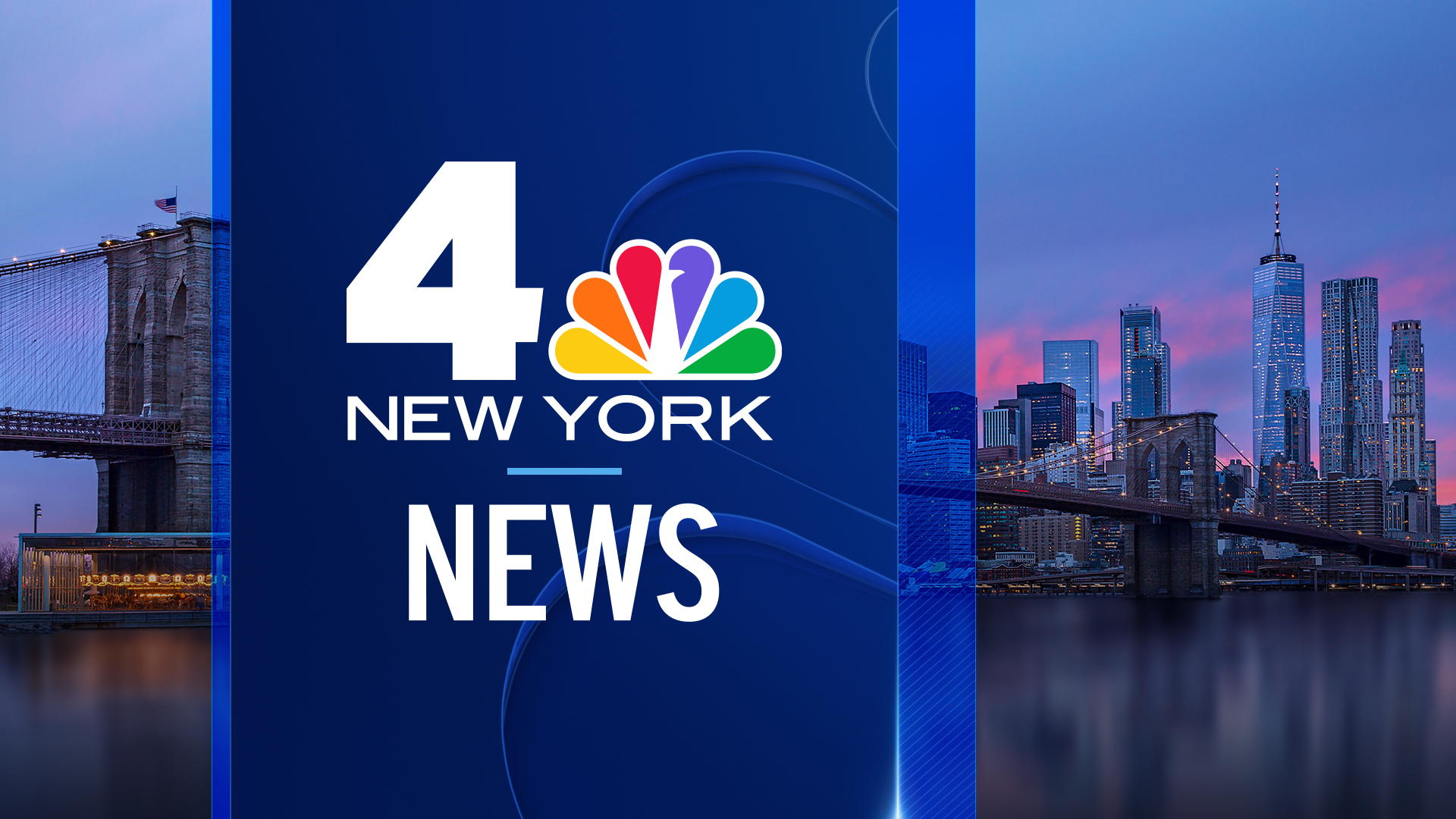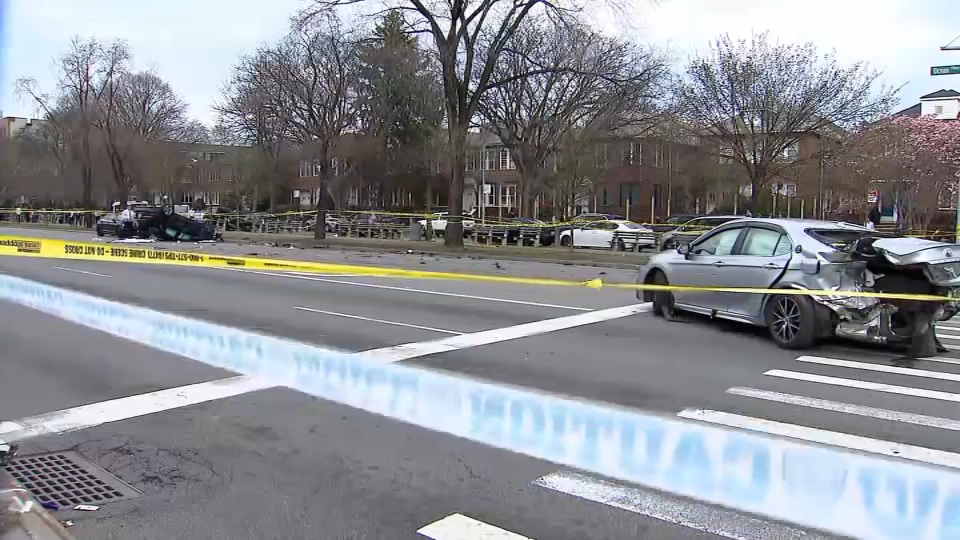Twelve people have died from Legionnaires’ disease amid the largest outbreak the city has experienced in its history, Mayor de Blasio said Monday as he introduced plans to combat future spread of the severe, often lethal, form of pneumonia, while officials in Rockland County say a case there is connected to the New York City outbreak. News 4’s Michael George…
Twelve people have died from Legionnaires' disease amid the largest outbreak the city has experienced in its history, Mayor de Blasio said Monday as he introduced plans to combat future spread of the severe, often lethal, form of pneumonia, while officials in Rockland County say a case there is connected to the New York City outbreak.
A spokesman for Rockland County said there have been three cases of Legionnaires' disease there since July 1, and one of the cases is associated with the New York City outbreak. The other two are "sporadic cases" with no links to New York City or each other, said spokesman Scott Salotto.
That brings the total number of people sickened in the outbreak that has rocked the south Bronx since July 10 to 115. Mayor de Blasio said earlier Monday that two deaths have been added to the previous tally, bringing the toll to 12. Officials have said those who died were middle-aged or older adults with underlying health conditions.
De Blasio said the cases added to the total Monday reflect cases that were not previously reported, not ones that are new. He said no new cases of the disease within the south Bronx cluster have been reported since Aug. 3, which he called a "very promising sign."
Last Friday, officials said that a worker at a Rockland County plant was diagnosed with the disease, the first recent case in the area reported outside the New York City cluster. Now officials say two new cases of Legionnaires' have been identified in the county, and of the three cases, one of them was connected to the Bronx outbreak.
It's not clear how the sickened individual acquired the disease in the Bronx.
Two days after announcing cooling towers at five more Bronx buildings tested positive for Legionella, de Blasio said Monday another two towers had shown signs of the bacteria -- a PATH homeless intake center filled with children and families and the Daughters of Jacob Nursing Home. Disinfection work is ongoing at those sites.
The mayor said the source of the outbreak appears to be one of the five originally identified buildings, all of which have been disinfected, he said. In total, 11 of 39 buildings with the type of cooling towers that may lend themselves to Legionella growth have been found to be contaminated. Results on five buildings are still pending. More than 700 sites were canvassed by city, state and federal officials.

Four sites previously tested positive for Legionella but are not related to the outbreak. They are a Verizon building at 1106 Hoe Ave., the 62nd NYPD Precinct stationhouse, and a building at 1201 Lafayette Avenue, all in the Bronx, as well as a building at 230 East 123rd St., in Harlem.
Three more sites tested positive for Legionella from testing done by the state over the weekend, but those sites are outside the impact zone and not necessarily related to the Bronx outbreak, officials said. Officials will identify those sites shortly.
The outbreak has prompted widespread calls for new regulation and renewed efforts to ensure appropriate precautionary measures are taken to ward against the cultivation of bacteria and subsequent spread of the disease.
De Blasio said the city is responding.
Local
"We are dealing with a new set of realities that we have never encountered before in this city and as we experience this outbreak we are making a series of changes in the approach that we undertake," de Blasio said.
The de Blasio administration partnered with the City Council to draft a bill to ward against future outbreaks of Legionnaires' and ensure appropriate quality controls are in place for cooling towers across the city. New measures to ensure safety including quarterly inspections, noncompliance fines, mandatory cleanings and the registry of buildings with cooling towers with the Department of Buildings.
The bill is expected to pass this week. De Blasio described it as a "very activist" approach.
Prior to this outbreak, which health officials have said is the largest in New York City history, no city records were kept as to which buildings had cooling towers.
"Since there was no handbook or playbook previously provided, we've all had to work together to find each and every location that might be suspect and to act accordingly," de Blasio said. "That process has been done with a tremendous effort by a variety of city agencies."
Health Commissioner Mary Bassett issued an emergency executive order last week requiring all owners of cooling towers to disinfect their towers within 14 days. The order applies to all people who manage or control water recirculating cooling towers in New York City, not just in the Bronx.
According to the order, these individuals must clean their towers if they have not been disinfected in the last 30 days; they must also hire environmental consultants. Failure to comply is a misdemeanor.
"We know that the south Bronx is already bearing an unfair burden of disease and we must remain vigilant," Bassett said.
Gov. Cuomo said the state has been providing all of the testing for the city thus far and extended its offer of free testing to all private building owners in the Bronx and across the state. State teams, in cooperation with CDC and city health officials, were in the Bronx this weekend to help testing all cooling towers in the cluster zone.
The state is offering free testing for landlords and building owners with cooling towers, and Cuomo said there's no excuse to not address the problem.
"At this point, I think this is the height of irresponsibility for owners to not have cleaned or checked their towers," said Cuomo.
He said he wasn't familiar with what the city was proposing but did want to establish a statewide protocol for Legionnaires' prevention.



